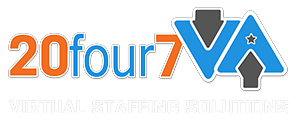The Practical Entrepreneur’s 3-Step Plan for Reducing Business Costs
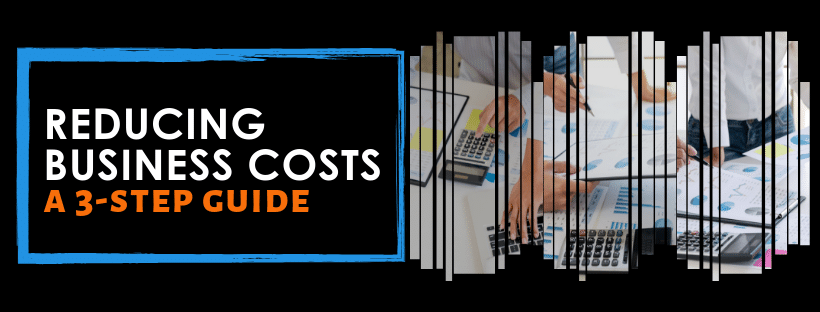
Entrepreneurs are intrinsically optimistic and passionate people. Some entrepreneurs keep their day job and start a business as a side hustle to make money from home. Some start a solo company so that they can turn their talents or hobbies into a money-making machine. Others even cater to an international market without leaving their homes by operating a fully virtual business. There are many ways to become a business owner right away, but staying as a successful one for several years to come is an entirely different matter.
As it turns out, passion and optimism are not enough to keep a business running. For one thing, your ideologies for changing the world through your brand may not always translate into a feasible or profitable plan. For another, there are plenty of operational costs to consider whether your campaigns and services take off or not.
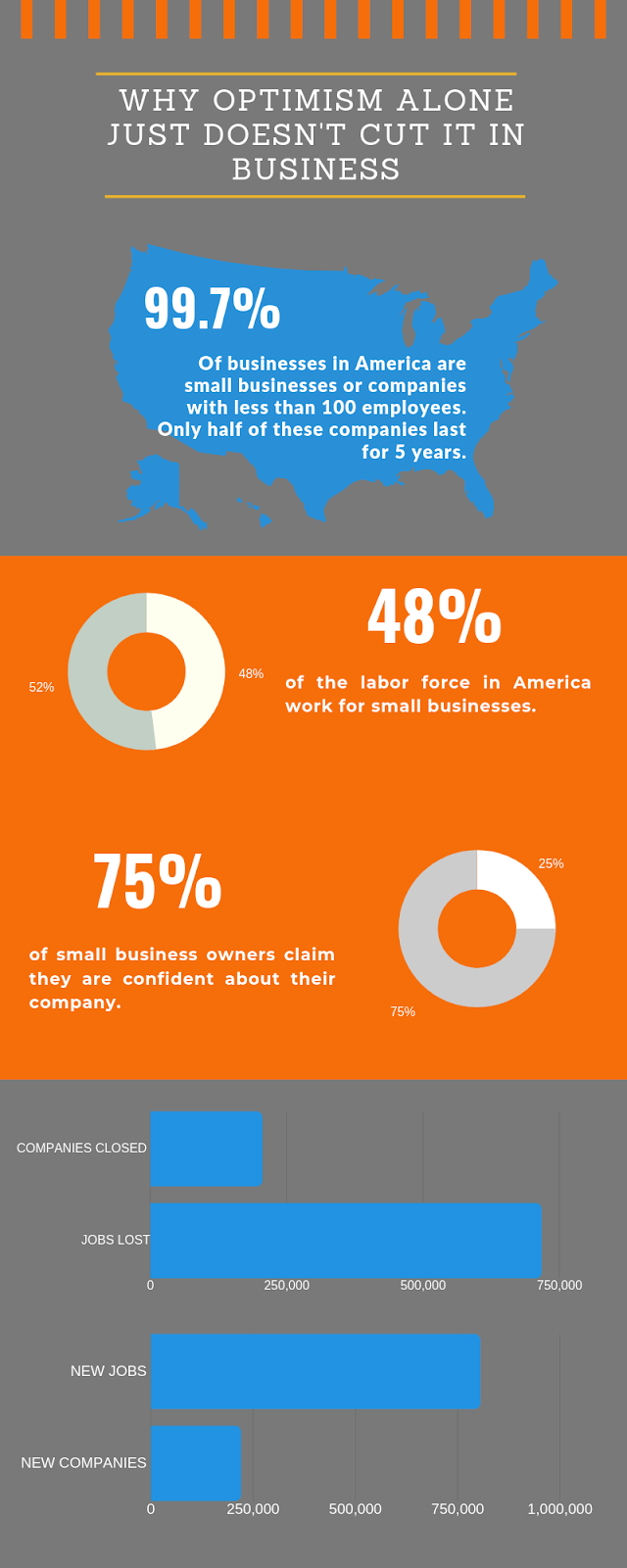
Optimism in business means that you, the business owner, are overrating your odds of succeeding. Being too optimistic is bad because it hinders you from making unbiased decisions or planning for all eventualities. Too much optimism has reduced many promising companies into a mere statistic for startup fails. Fortunately, this doesn’t mean that you have to abandon your ideas and plans and settle for ones that don’t inspire you. Nor does it mean that you’re required to take up a side job to fund your company.
So, how do you motivate yourself to stick with your business plans without ruining your chances of making them come true? By balancing your drive to succeed with the knowledge of how to reduce operating expenses in the business. Not only would this keep your company afloat, but it will also help in driving new business development and growth. Having a realistic expense strategy keeps your big ideas grounded so that they actually push your brand forward instead of just breaking the bank.
Although keeping operational costs low has many benefits, many entrepreneurs cast off the idea for fear of making huge sacrifices or working under appalling conditions. However, sacrificing big isn’t what warrants a practical cost reduction plan.
What you want to do is make a few, well-thought-out changes that produce a significant impact.
Here’s the practical entrepreneur’s 3-step cost reduction action plan:
1. Identify and keep track of your biggest principal expenses.
The process of cost reduction starts with identifying where your funds go. When you have a clear, itemized list of your payables, it’s easier to keep track of your cash flow and make modifications where necessary. Some of your expenses will be recurring while some will only be one-time payouts.
Here are the different types of expenditures with corresponding examples:
- Startup costs
As the name implies, these are the costs you incur when starting an online business or a brick-and-mortar one. Although startup costs are usually only paid once, it’s important to take note of them for monitoring purposes. When you need to expand, you can refer to the items listed under this category to know what you need and how much you spent to launch a product line. Should you want to sell items you no longer use, it pays to have it on record for pricing and retailing purposes. License fees, market research, real estate (if you own the place), and office supplies also fall under this category.
- Operating costs
These are the items you need for the day-to-day operations of your company. Operating costs can be further broken down into two subcategories:
- General – these are incurred costs for managing or running an establishment. These could be the physical and virtual tools that you use for operation. Rental, travel, and maintenance fees are also included here.
- Selling – these costs are related to the marketing programs of your brand. Leaflets, signages, print ads, and online business marketing ads should be included here.
- Inventory Costs
These are direct or indirect expenditures incurred for fulfilling an inventory. These could be the raw materials needed for production, associated costs for inventory such as manpower and equipment, and finished products ready for sale or shipment. Storage and shipping fees can also be counted as inventory costs.
- Capital Costs: any purchased assets with more than a year of usage are considered capital costs. Machineries, equipment, furniture, and vehicles used for operations are capital expenses.
Tracking expenses helps you ensure that you are keeping within your budget and have a concrete record of your spending. Apart from controlling cash flow, this habit will come in handy during tax season. Preparing financial statements will become easier and more organized. Even better, you will have a convenient way of assessing deductibles to lessen your taxes.
According to the IRS, companies can withhold business costs from their gross profit so that only the difference would be taxable. Refer to this IRS resource to know what items you can deduct from your gross revenue so that your taxes can drop significantly.
2. Switch to technology-based processes.
Are you the type of entrepreneur who follows traditional business practices, or one who makes the most of technology? One way to find out is through your preferred data storage and work order format. In a typical establishment, information (including inventory records and correspondence) and work orders are normally done in any or all of these formats:
- Emails
- Electronic files (Word, Excel, PDF, JPEG, Google Docs and Sheets)
- Work Order Software
- Paper
Paper seems to be outdated compared to the first three formats, yet according to a report by business technology specialist GFC (Gordon Flesch Company), US companies collectively spend $120 million every year on paper documents. To break this down, let’s consider how much an average small-medium establishment spends on printed files:
- $983 – Paper
- $6,113 – Ink
- $500 – Folders, clips, and labels
- $1,880-$2,150 – Maintenance for printer and copier
The same study confirms that paper documents make up 70% of office waste, with 30% of printed files never even being used. That’s a lot of waste – financially and environmentally! When you switch to digital data storage and work order tools, you can eliminate about 85% of the costs listed above. That’s approximately $6,400 worth of savings! Many tools for file storage and management are free or start at affordable monthly rates. For instance, 15GB worth of Google Drive data storage is free, while 100GB and upwards cost $1.99-$9.99/month.
Compared to paper, digital storage has also shown to increase productivity and work efficiency.
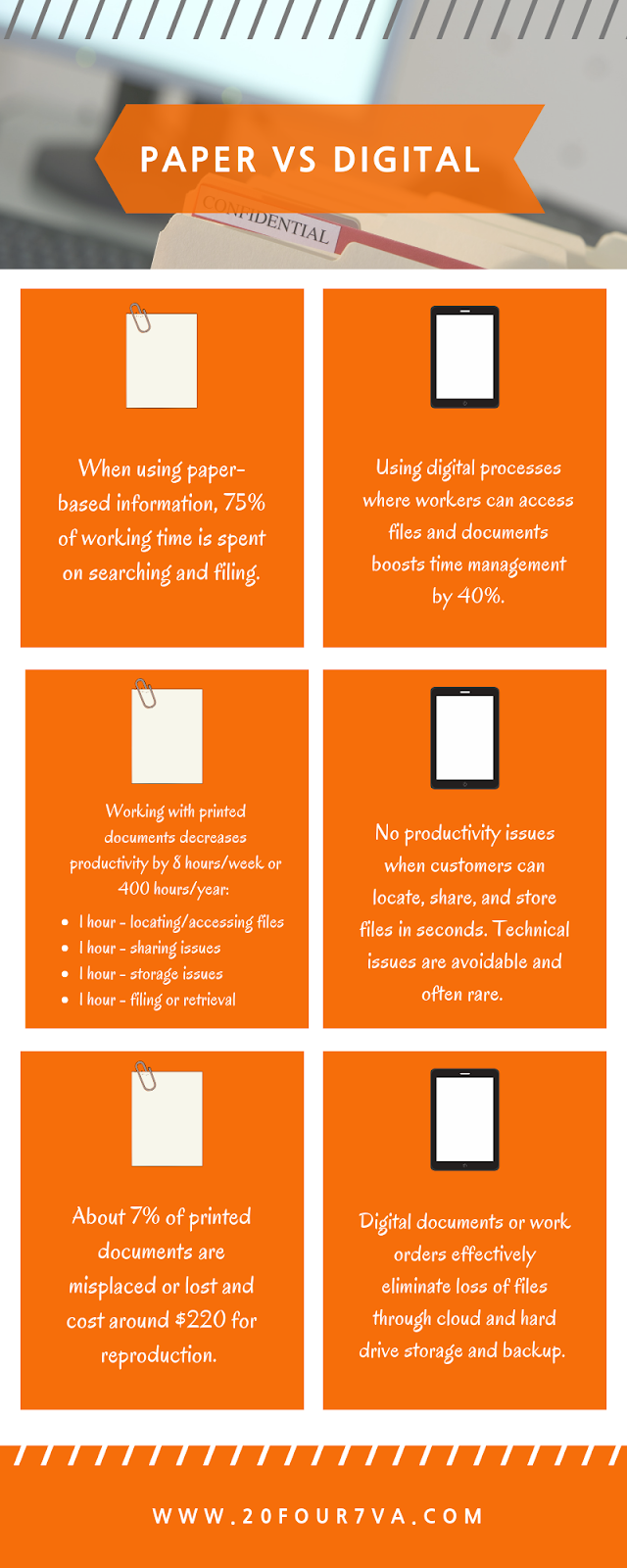
Another long-standing business necessity you might want to re-evaluate is a landline phone. Years ago, having a landline was an absolute requirement in business because it allows customers, suppliers, and other business to quickly get in touch with a company. Today, its urgency in day-to-day operations has diminished considerably. Social media, email, and Google My Business has helped ensure that people have other means of locating and contacting a brand.
As far as calling is concerned, switching to VoIP (Voice over Internet Protocol) is more cost-effective and logical. By using your internet connection, you can call and connect to other data-driven devices, VoIP phone, or computer, and eliminate the use of landlines entirely.
Just like going paperless, switching your phone system from landline to digital can also save you a ton of money. Here’s an overview of how traditional phones fare against digital ones:
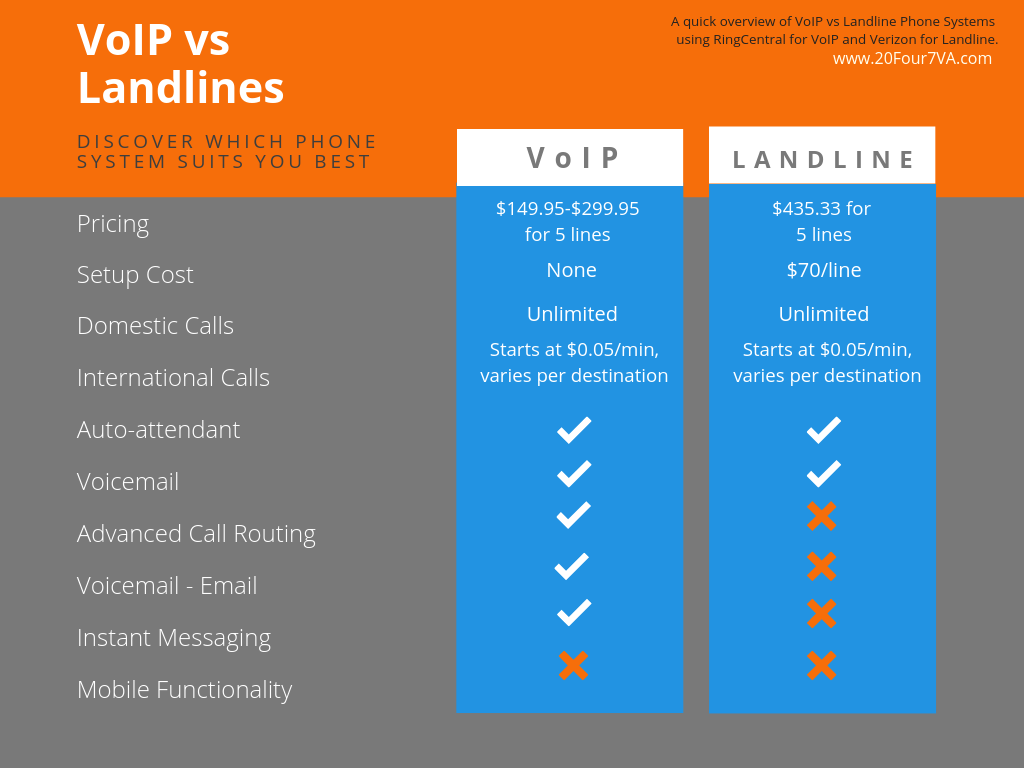
Technology is the modern-day entrepreneur’s best business partner. While different brands have different needs, goals, and ways of doing things, reassessing your tools and how much they cost can go a long way towards maximizing your funds. Do an honest evaluation of your processes and determine which ones are there out of tradition or efficiency. Of course, it’s important to discuss this with your staff to gather unbiased and comprehensive facts and ensure that switching tools doesn’t lay productivity and collaboration on the line.
3. Expand your staff virtually.
Hiring new staff is inevitable in business even among startups and solopreneurs. Perhaps you need a few people to help you with in-store operations, production, and bookkeeping. However, you shouldn’t limit yourself to looking at hiring only in-house employees – especially when the job at hand is only seasonal or short-term. After all, the IRS and Department of Labor have strict rules and stipulations for small businesses when it comes to employing and dismissing staff.
Working with virtual staff, however, is more efficient financially and organizationally. Business owners don’t need to worry about many of their biggest expenses if they hire a virtual assistant. These expenses include real estate, utilities, office supplies, health insurance, and paid vacations. VAs hired through a staffing company are technically employed by the latter. This means that when you work with a staffing agency like 20Four7VA, the legwork for hiring, staff supervision, and payroll are no longer your responsibilities. Imagine how much freedom that brings!
Apart from convenience, getting quality output is another advantage of working with a VA. Virtual assistants are business owners in their own right and most of them continuously train to be better at their trade.
Here are some of the ways a virtual assistant can help your business:
- Administrative Tasks
- Content Writing, Proofreading, and Editing
- Website Design and Development
- Graphics Design and Video Creation
- Social Media Management
- Digital Marketing (Email, SEO, Social Media)
- Customer Service
You don’t have to resort to substandard working conditions or follow a complex plan to regulate your spending. You can still get quality eCommerce support and stay true to your passion without burning holes in your pocket. Follow these cost-cutting techniques to create practical ways of running, and eventually growing, your brand.
